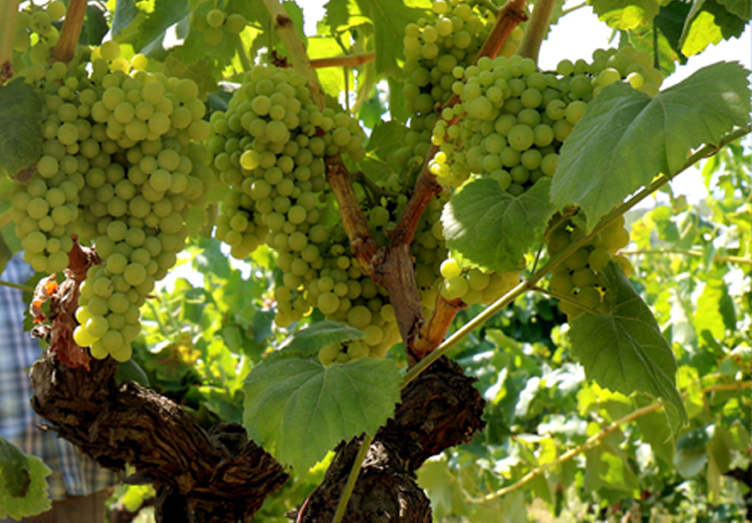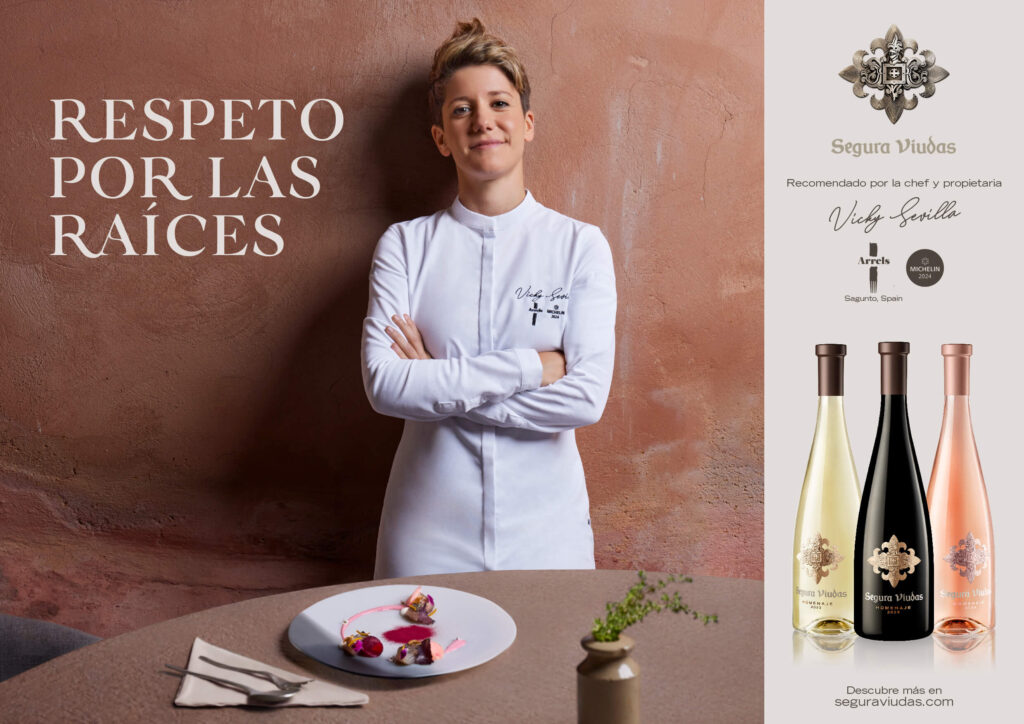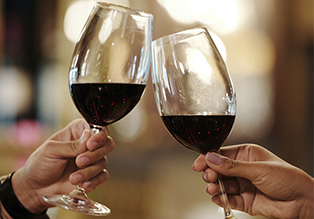This news belong to
Cavas and wines
News
The aromas of wine are key in its tasting. Coming from the grape, fermentation, and aging, they contribute complexity and depth to the wine. Fruity, floral, vegetal, mineral, yeast, and wood aromas, among others, enrich the sensory experience.
Primary Aromas of Wine
Primary aromas of wine are those that originate directly from the grape, reflecting its own characteristics and the terroir where they are grown. These essential aromas are divided into different categories, each adding its own complexity to the wine.
Evolution Process of Primary Aromas
Primary aromas evolve throughout the wine production process, from harvest to fermentation. Climatic conditions, soil type, and grape maturity are key factors in the development of these aromas. The grape variety’s genetics determine the specific aromas that will develop in the final wine.
Fruity Aromas
Fruity aromas are common in many wines, highlighting notes of fruits such as strawberry, cherry, citrus, or stone fruits. These fresh and juicy aromas bring a sensation of sweetness and freshness to the wine, typical of varieties like Merlot or Pinot Noir.
Floral Aromas
Floral aromas are delicate and elegant, evoking notes of flowers like rose, lavender, or violet. These aromas are often present in white wines, adding complexity and elegance to the wine’s aroma.
Vegetal Aromas
Vegetal aromas reminiscent of fresh herbs, vegetables, or plants bring a refreshing and green note to the wine. Varieties like Sauvignon Blanc may present aromas of freshly cut grass, while Cabernet Sauvignon may have notes of green pepper.
Mineral Aromas
Mineral aromas refer to the earth and terroir where the grapes are grown, adding complexity and character to the wine. These aromas can evoke wet stone, chalk, or salinity, characteristic of white wines.
Secondary Aromas of Wine
Secondary aromas of wine develop during the fermentation process, adding distinctive characteristics to each wine.

Wine Fermentation Process
Fermentation is a crucial stage in wine production, where sugar converts into alcohol and aromatic compounds are released.
This process can be carried out in a controlled manner, greatly influencing the final aromas of the wine.
Aromas Generated by Fermentation
Aromas generated during fermentation can vary depending on factors such as temperature, yeast used, and fermentation time. Examples of these aromas include freshly baked bread, yogurt, and yeast, adding complexity and richness to the wine.
Yeast Influence on Aromas
Yeast plays a fundamental role in generating secondary aromas, releasing compounds that contribute to the wine’s aromatic profiles.
Yeast selection can influence the final notes of the wine, adding unique and characteristic nuances.
Tertiary Aromas of Wine
Tertiary aromas of wine originate during barrel aging, adding complexity and sophistication to the drink. At this stage, the wine acquires new layers of aromas that enrich its sensory profile.
Influence of Barrel Aging
Barrel aging is a fundamental process in wine evolution, where the wine acquires aromas from the wood and interactions between the wine and the aging vessel. During this period, the wine absorbs notes of wood, vanilla, toasting, and spices, adding complexity and elegance to the final product.
Wood and Spice Aromas Vanilla notes: derived from contact with oak wood, providing creaminess and sweetness to the wine. Toasted aromas: derived from wood toasting, contributing notes of coffee, cocoa, and toffee to the wine. Spices: aromas of cinnamon, cloves, pepper, and nutmeg, integrating into the wine during barrel aging, adding complexity and subtlety.
Empyreumatic Aromas
Empyreumatic aromas in wine are associated with the toasting and carbonization processes of wood during barrel aging. These aromas can resemble smoke, burnt caramel, licorice, and tobacco, giving the wine a unique and distinctive personality.
Evolution of Aromas During Aging
Over time, tertiary aromas of wine transform and integrate in an even more complex way, creating a unique and refined aromatic bouquet. Wood and spice aromas tend to soften, allowing other more complex and subtle nuances to emerge in the wine, further enriching its sensory profile.
The evolution of aromas during aging is a natural and fascinating process that reveals the true quality and character of the wine.



